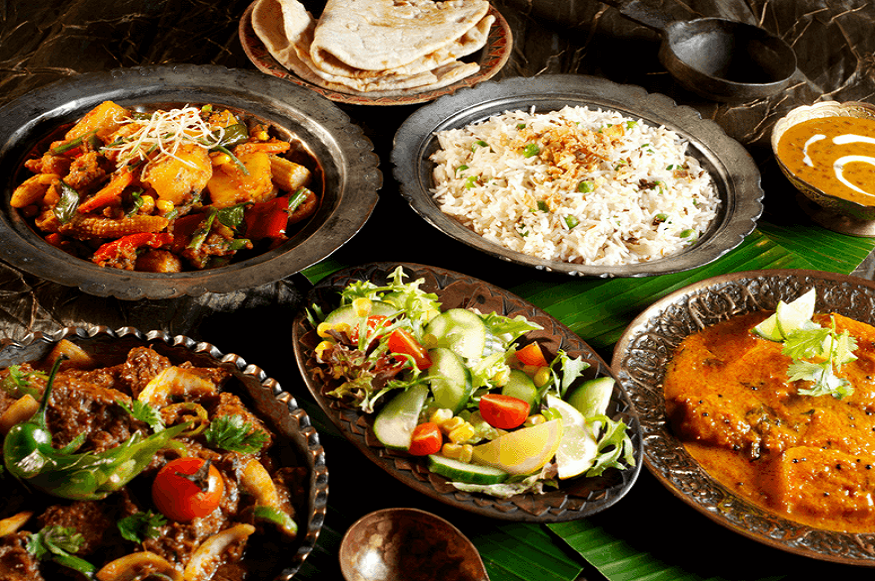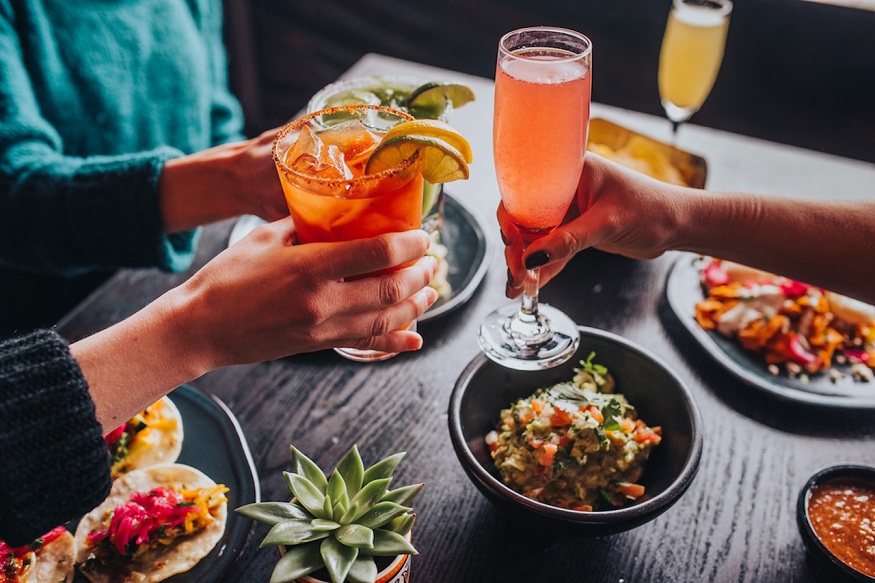
What do you eat when you to food India
As with most important things in Indian life, meals are highly context-dependent. How you eat, who you eat with, and what foods are allowed or not are all influenced by caste ( jati and varna ), social status, location, and religion. These restrictions add even more importance to food and meals, which help to affirm each person’s identity and group membership. Those who frequent Indian restaurants in the West will be surprised to discover a wide variety of unexpected dishes that make up the richness of Indian cuisine.
In India, meals fulfill as much a social function as a dietary necessity. If you accompany us to Kerala, Rajasthan, or Tamil Nadu, you will be able to observe this more closely at each of the meals we will have during one of our trips . Because each of our stays is also a gustatory and sensory journey, and an important place will be given to food. You will see that eating in India is a delight and that there are dishes for all tastes and eating habits.
EATING TOGETHER
In India, conviviality is reserved for very specific moments such as major religious festivals or weddings. The very strict dietary rules of each community actually make eating together, or “commensality,” problematic when the guests do not belong to the same group. This is why there are almost no company restaurants (while school canteens do exist, because children are less subject to the laws of dharma ), which explains the very sophisticated system of distributing lunch boxes set up in certain large cities (see on this subject the very nice film The Lunchbox by Ritesh Batra released in 2013).
In families, meals are often prepared by the hostess (or a cook) and everyone eats when they return from their daily activities. While modern apartments have a specific eating area, it is still common for each family member to take their own plate to eat in their own corner, often sitting on the floor.
The traditional banana leaf on which meals are still served in many restaurants has been replaced in homes by metal or plastic plates. People usually eat with the fingers of their right hand (the left hand being considered for impure activities), but gradually, cutlery is appearing on the tables of the middle and upper classes.
During our travels, we systematically talk about all of its traditions at mealtimes, which we will of course all eat together.
VEGETARIANS, OR NON-VEGETARIANS.
Most restaurants in India announce their colors on their signs: they are either vegetarian (” veg .” or ” pure veg. One might therefore believe that at least half of the inhabitants of the peninsula practice vegetarianism. In fact, the religious prohibition on eating meat only affects a small minority of Indians. Only the Brahmins, who represent 6% of the population, and the Jains (0.5% of the population) are strictly vegetarian. There has been much discussion about the reasons for Indian vegetarianism, invoking hygienic, economic, or even ecological foundations and seeking a rational meaning for this practice. It would seem that, like all food taboos, the prohibition on eating animal meat has above all an identity function. The Brahmins and the Jains (who often served as models for the former) consider themselves at the top of the purity scale. As a result, many Hindus call themselves vegetarians, in order to achieve this ideal of purity and/or to be assimilated into the dominant class.

